The Brough of Birsay, Orkney - a multi-period site
The Brough of Birsay is situated on a small tidal island, which can only be reached at low tide. Access to the the site is therefore restricted to around 4 hours a day. The word ‘Brough’ derives from the Old Norse word ‘Byrgisey’, meaning ‘fort island’. The site was in use for many centuries. Earliest settlement (not visible) dates from the 5th century AD, possibly by Christian missionaries. In the 7th and 8th centuries it was inhabited by the Picts who were involved in fine metalworking, as suggested by the large quantity of jewellery moulds found on site. The large Pictish symbol stone which stands in the churchyard is a replica of the original, which was found in fragments during an excavation in 1935. It represents a fascinating and unique glimpse at Pictish art and symbolism. By the 9th century the Norsemen had settled here. Much of the remains we see are from this later date. The long houses built on the slopes date from around 800-1000 AD and were built directly upon the earlier Pictish houses. Between the church and the cliffs are the remains of the later Norse settlement, which date from the 10th century. This part of the settlement includes a sauna, complete with easily recognisable drainage system! The church, which dates from around 1100 AD is very well preserved, the nave, altar and apse are all evident. It is joined to a small group of buildings which is presumed to be a monastic cloister. The Brough of Birsay is currently under guardianship of Historic Scotland.
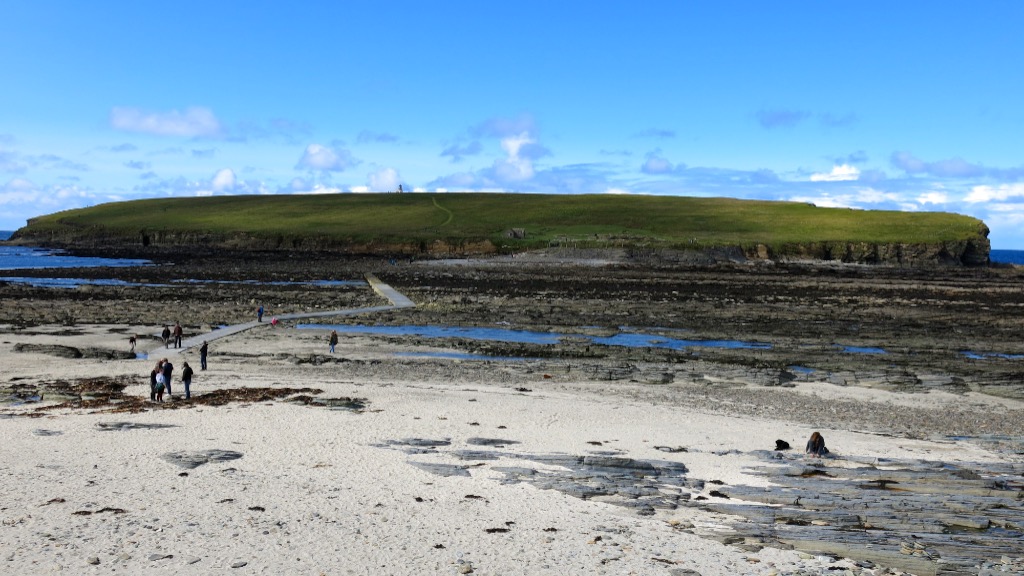


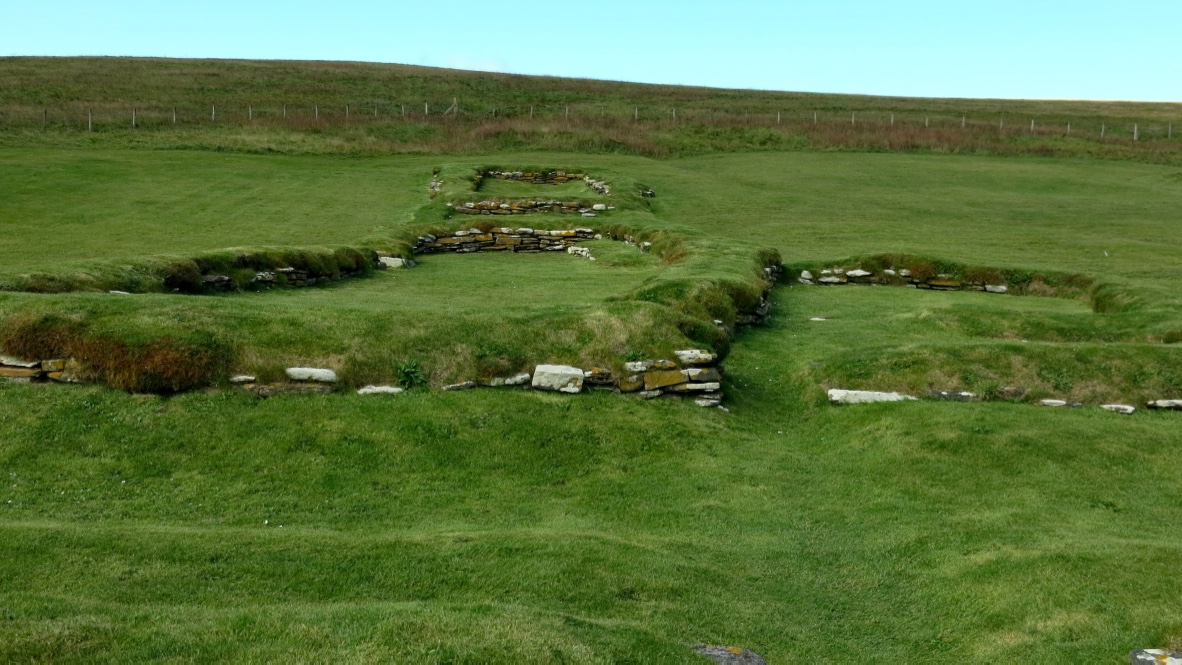
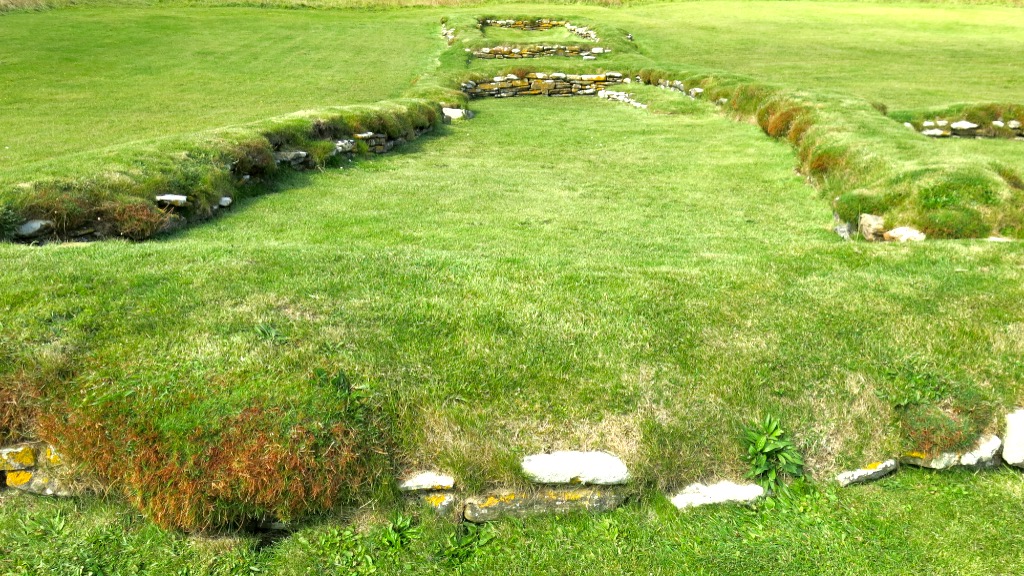
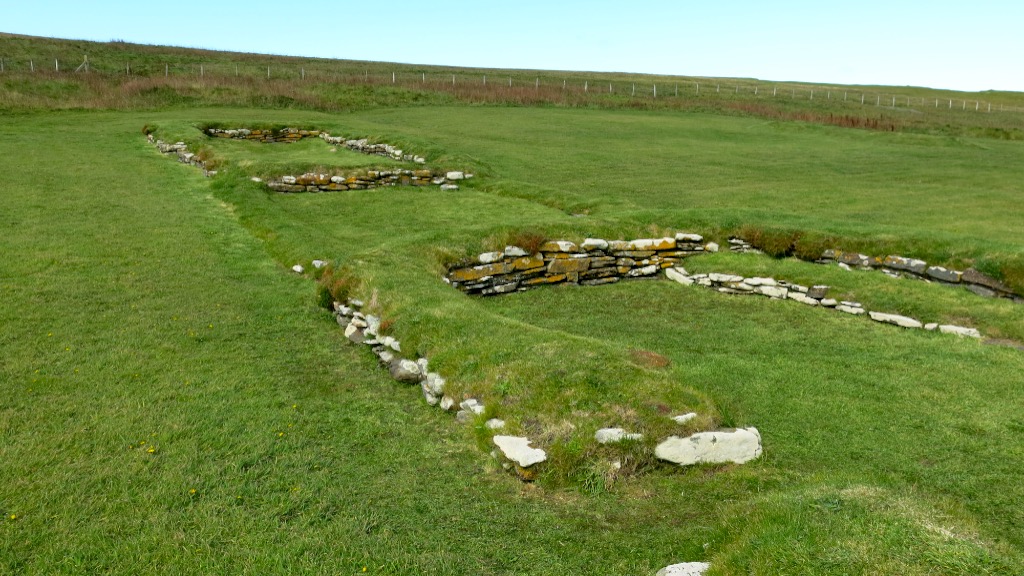


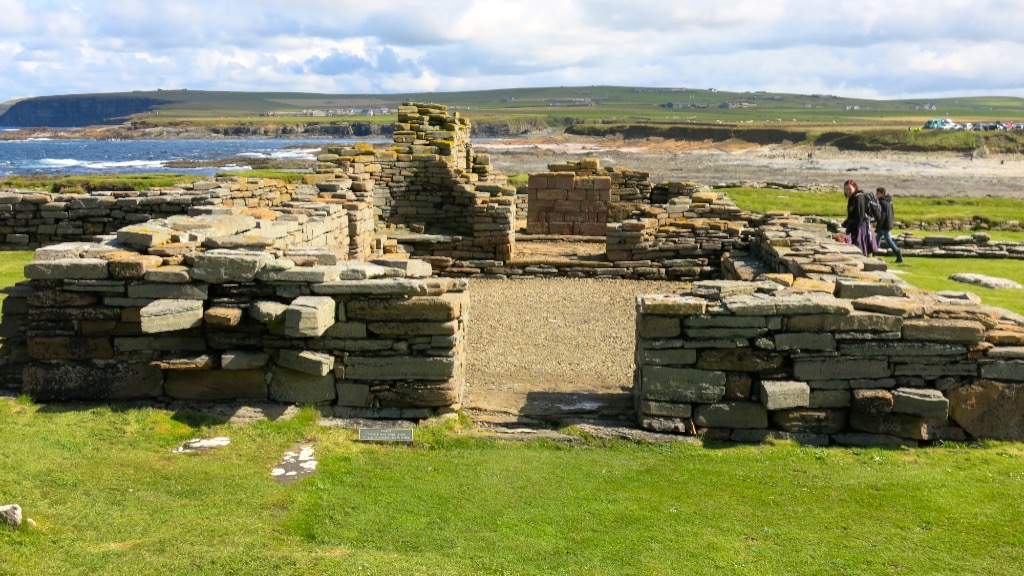

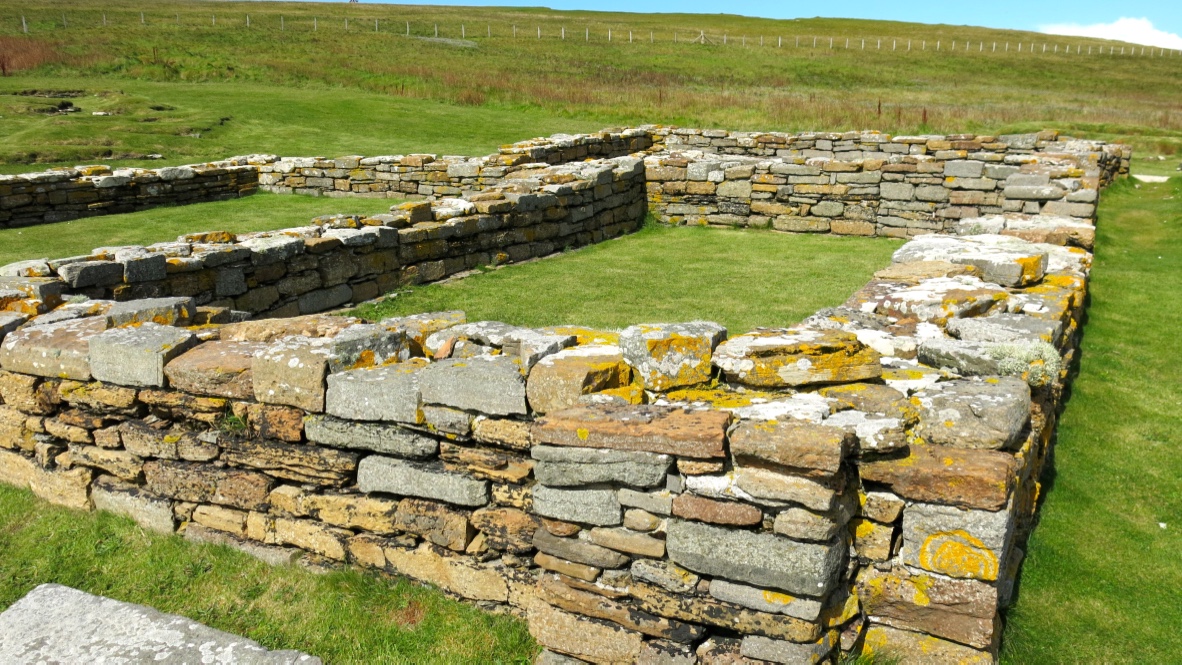
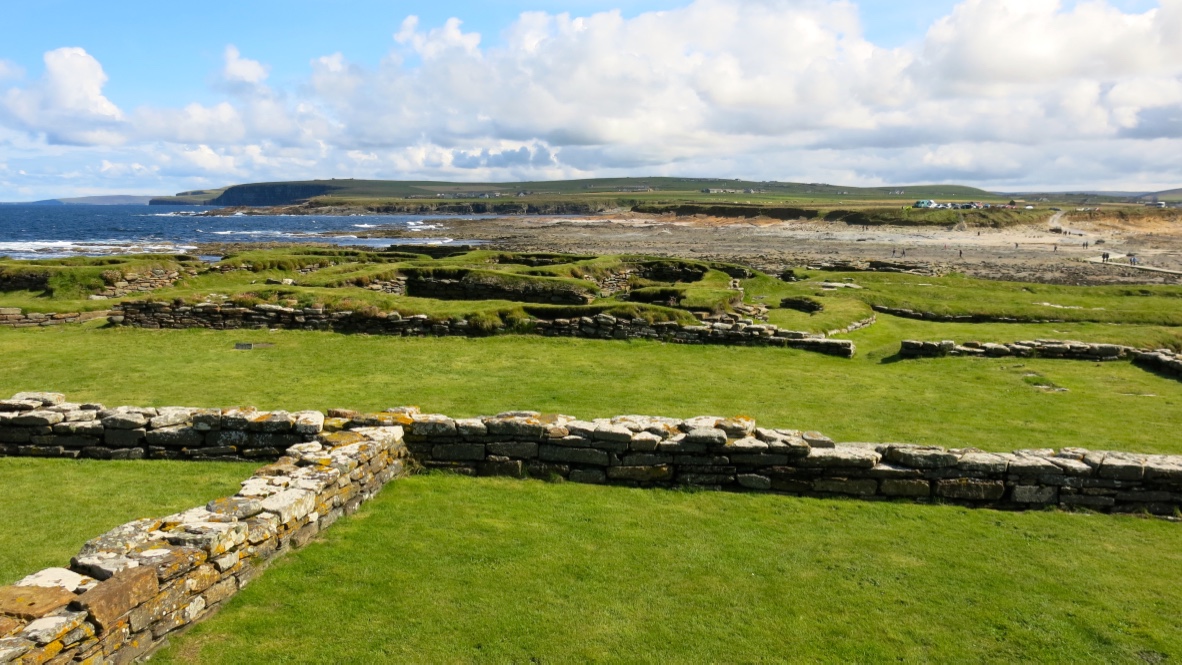
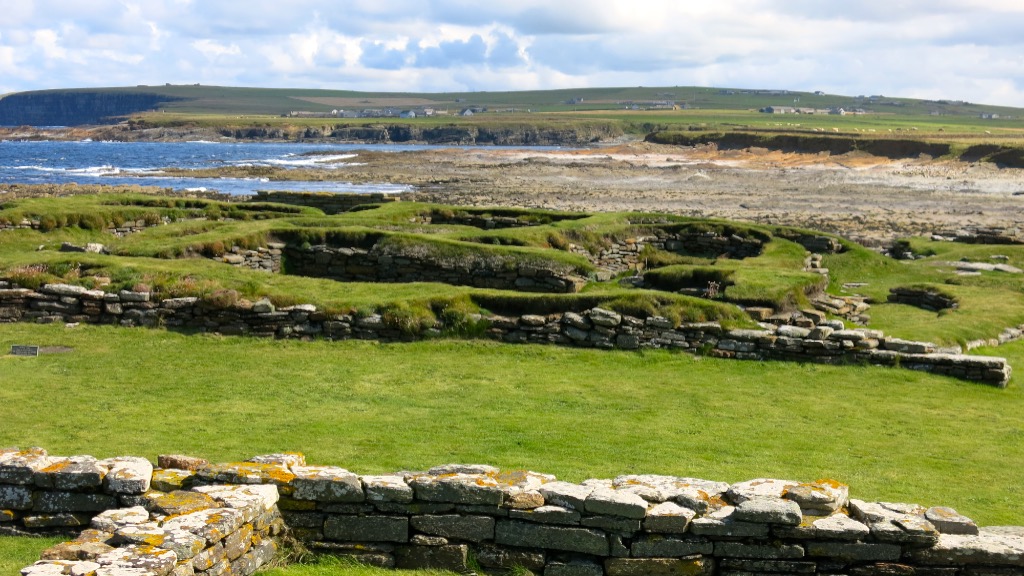
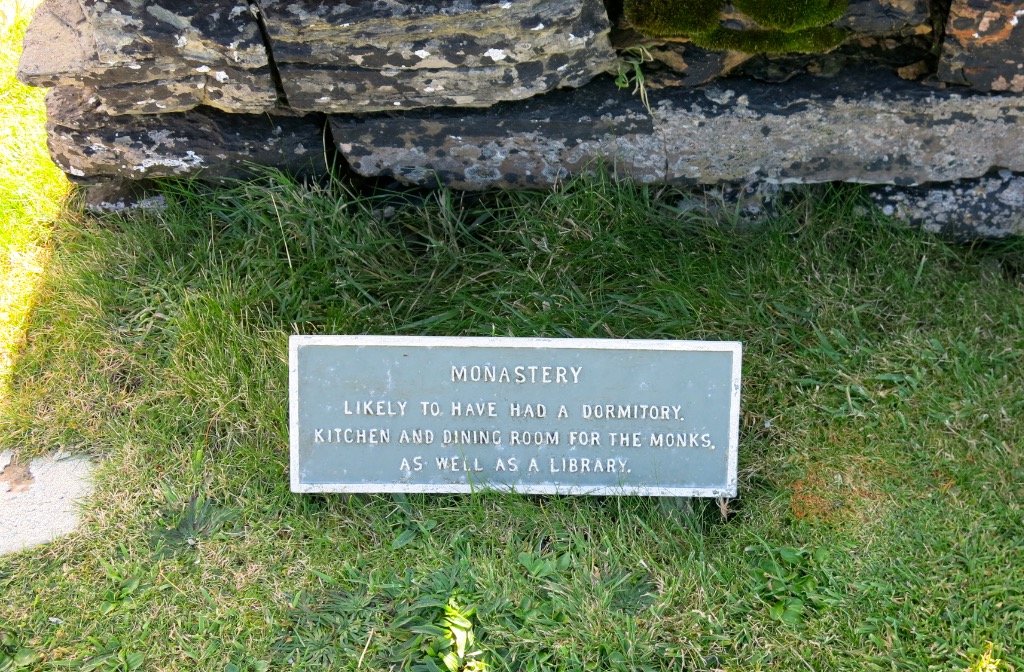
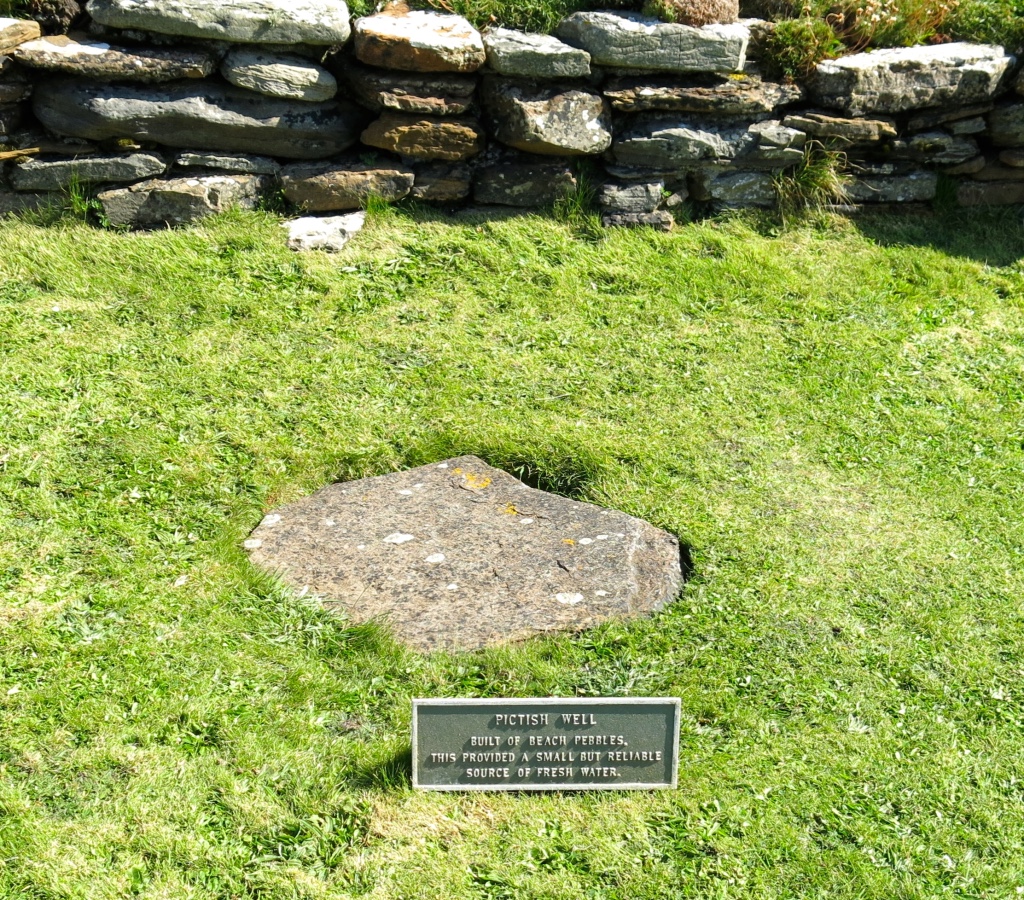
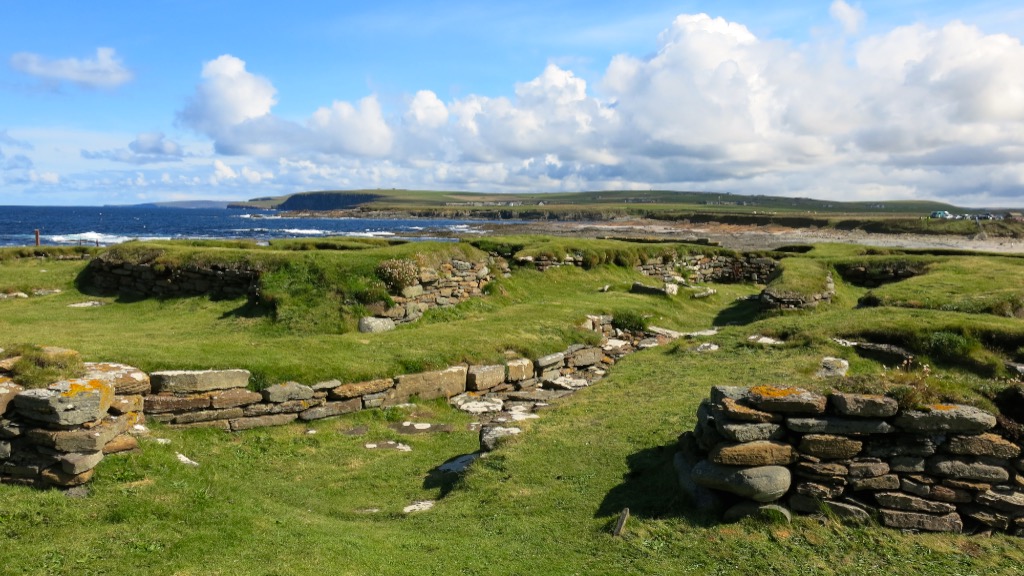
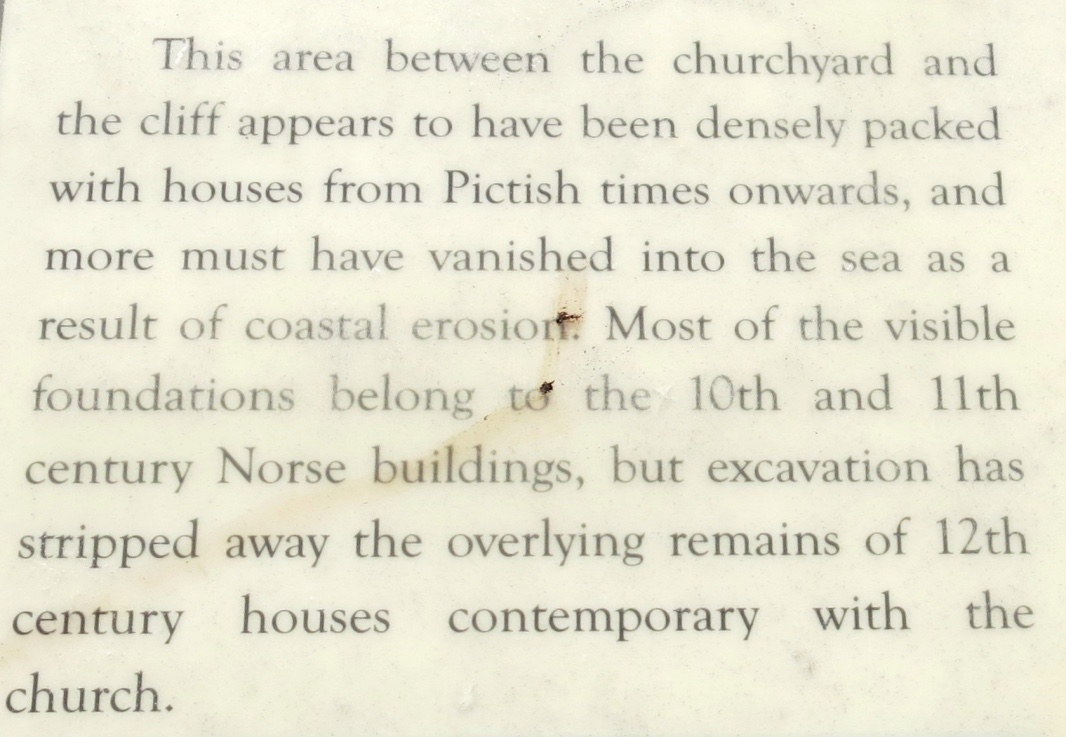
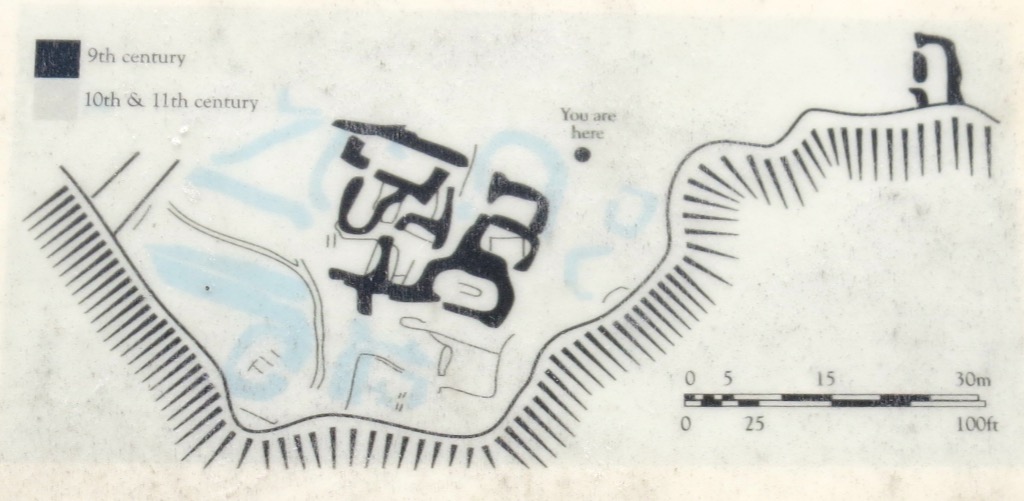
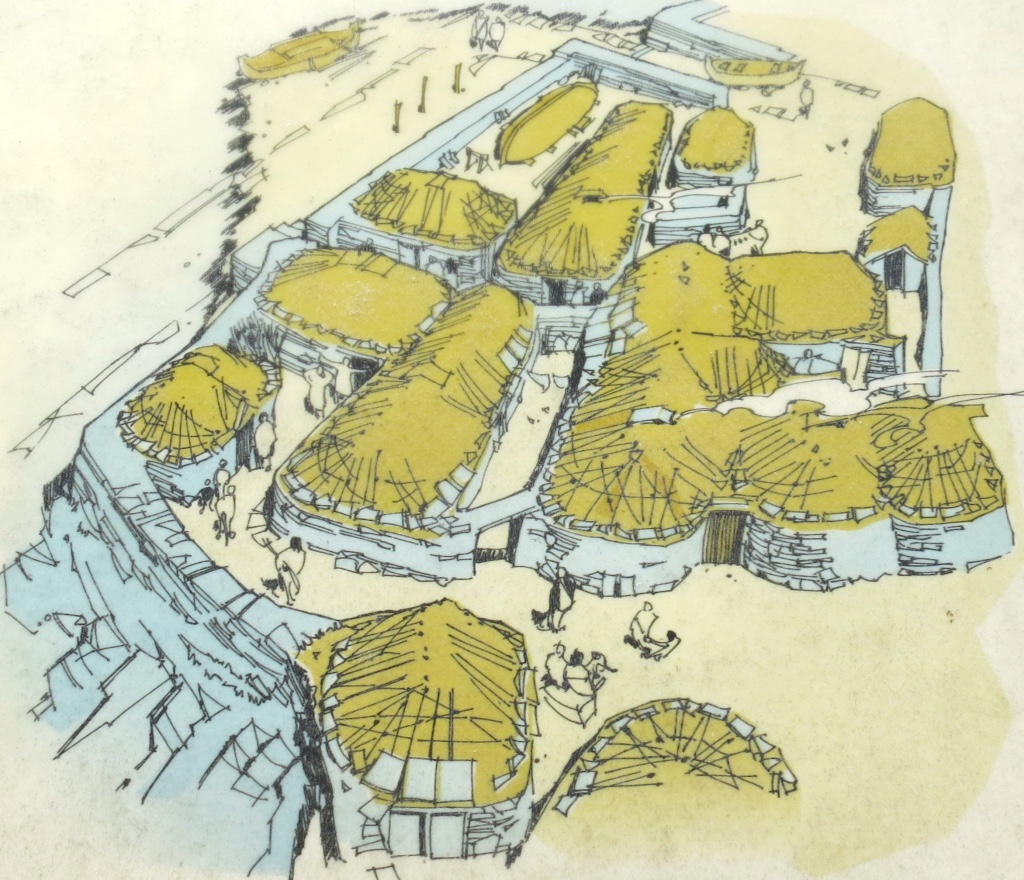
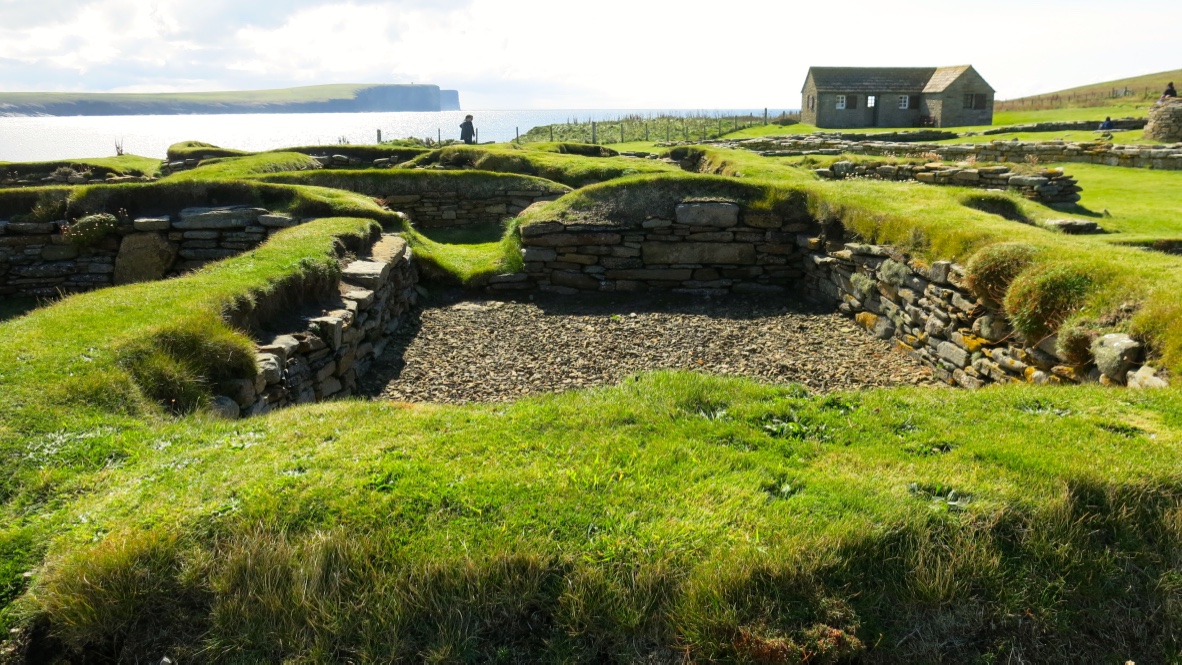
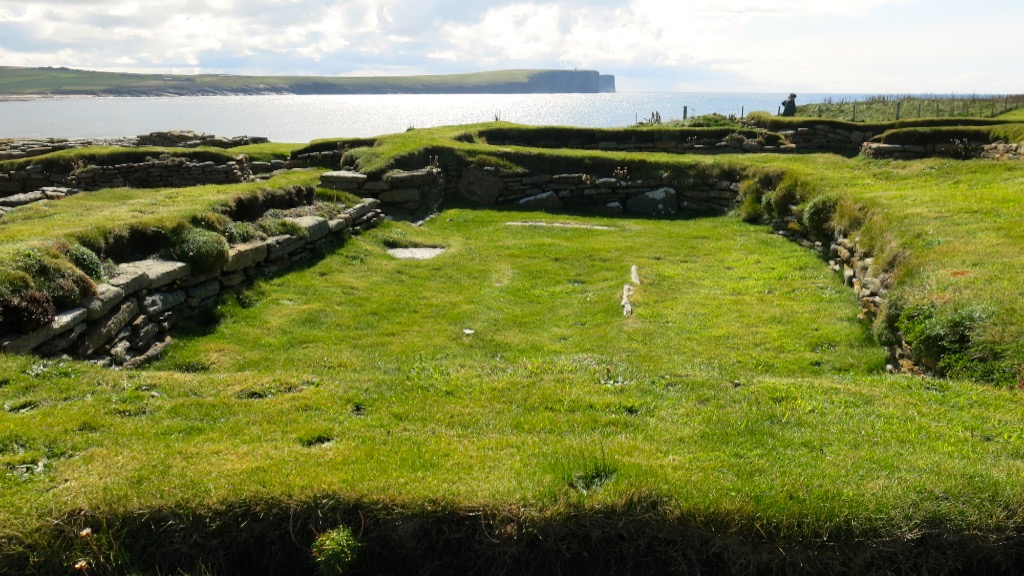
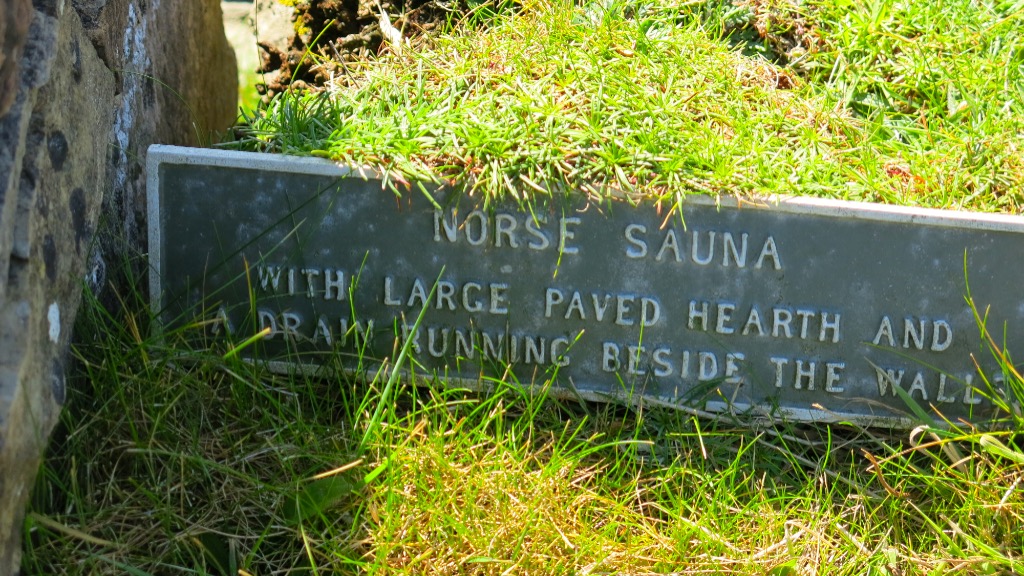
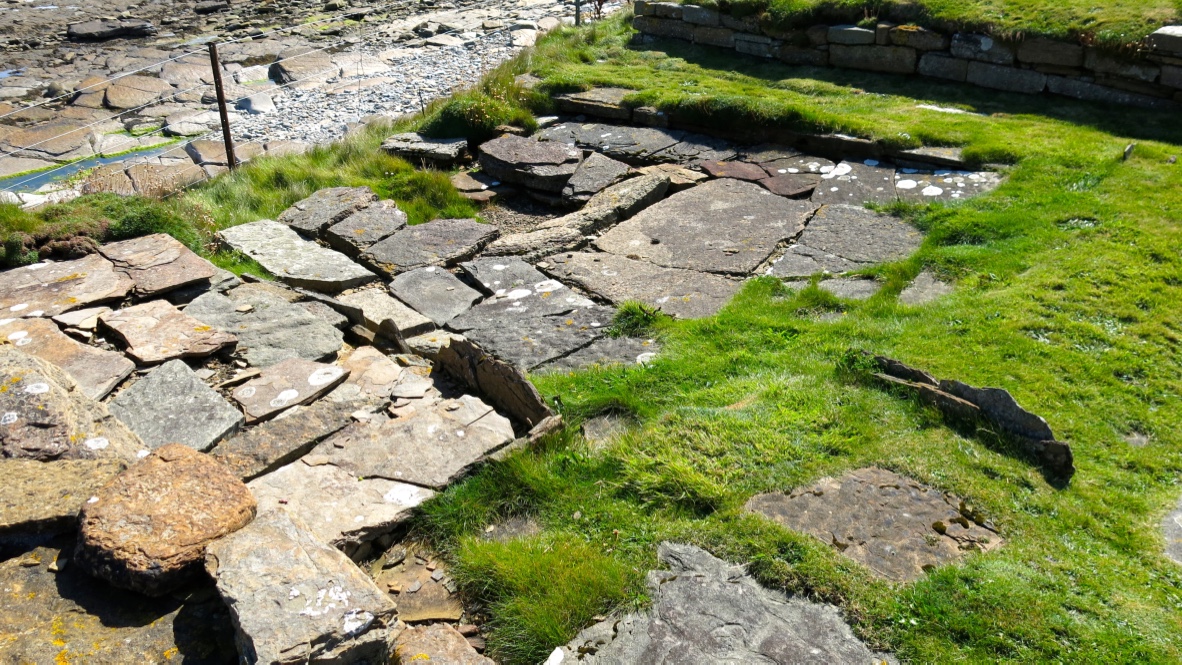
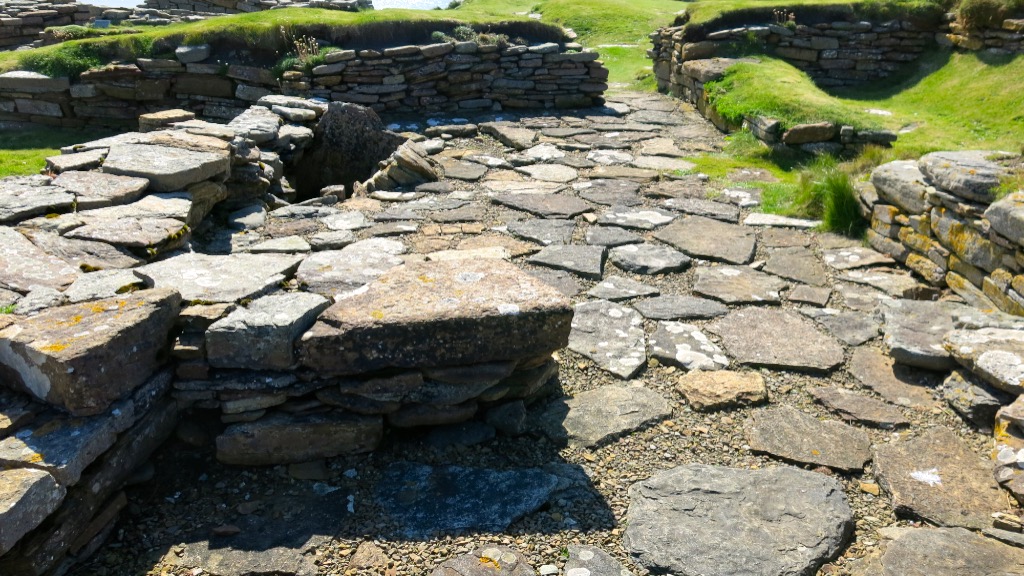

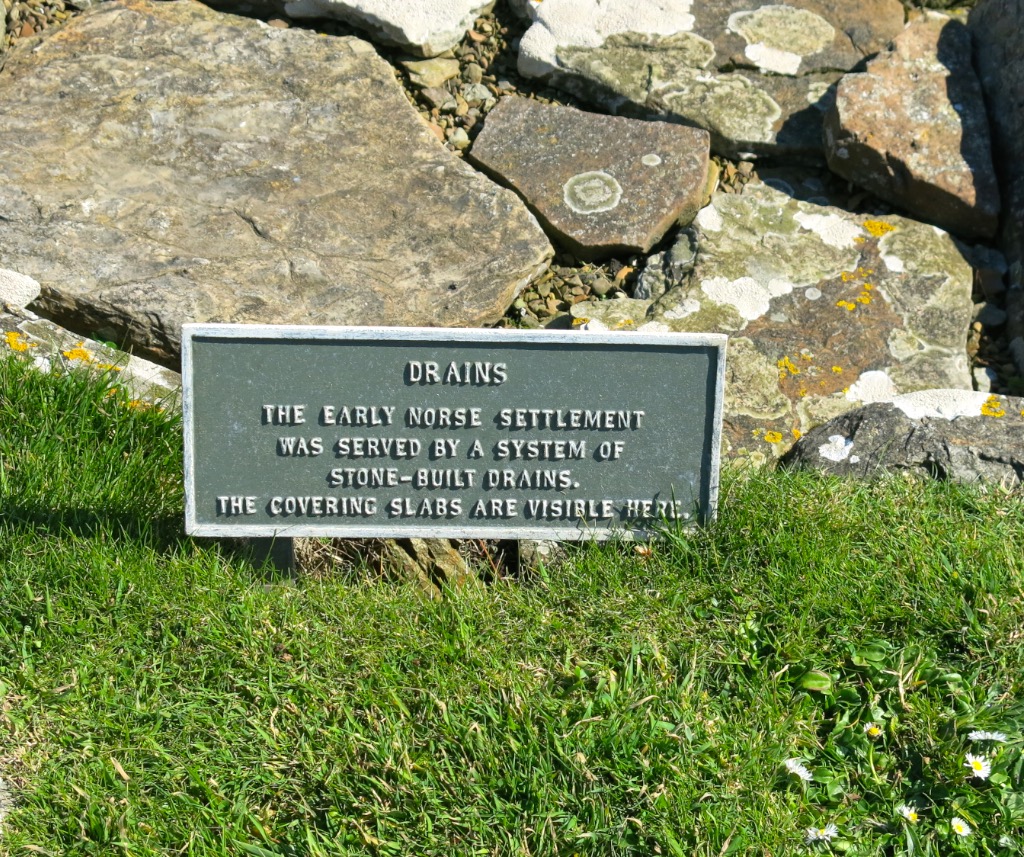


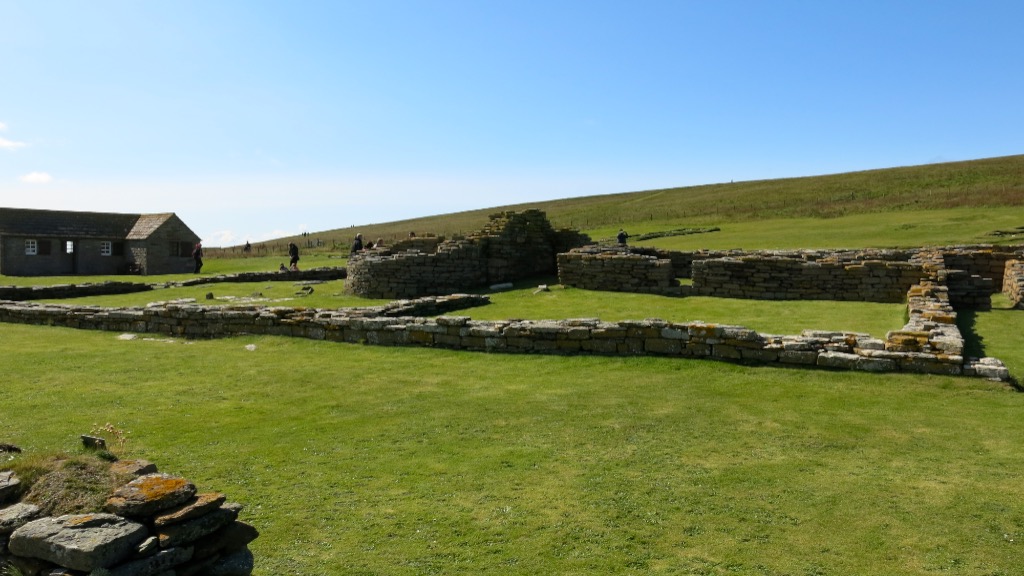
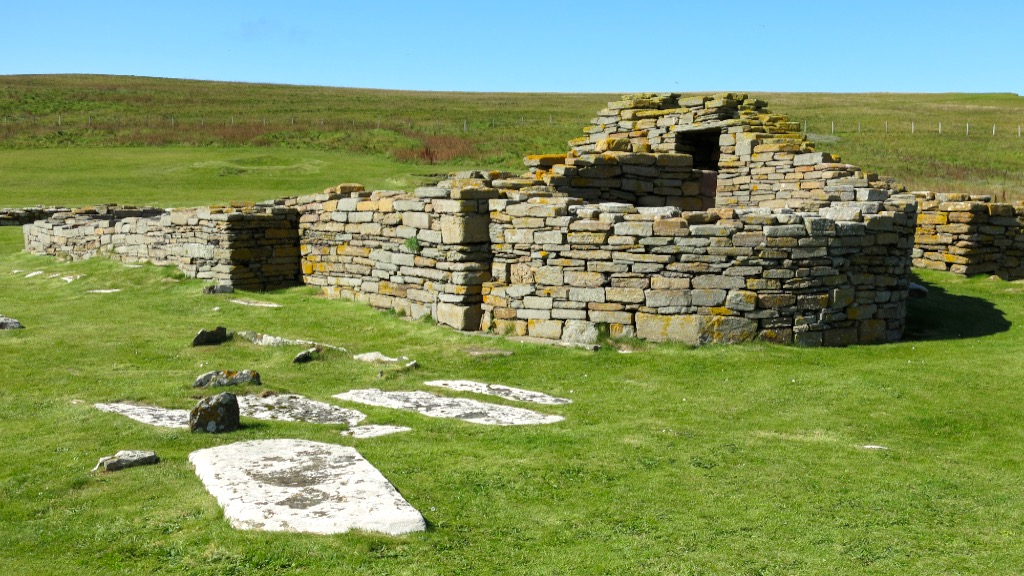

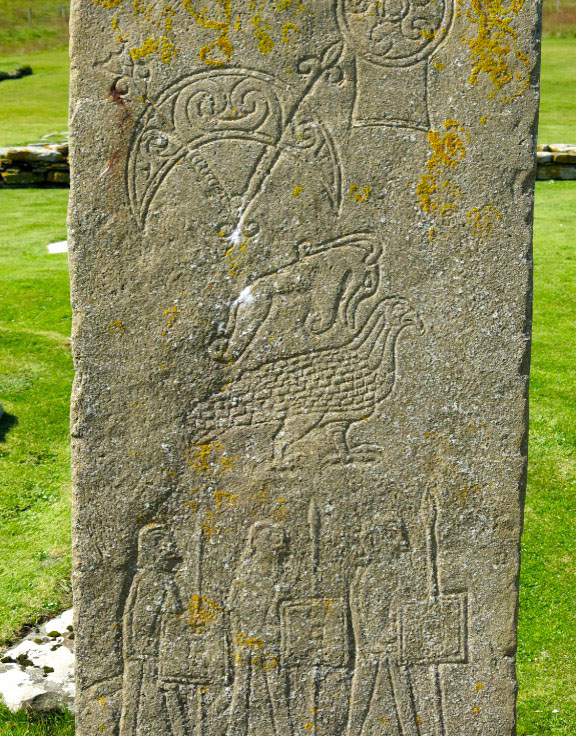
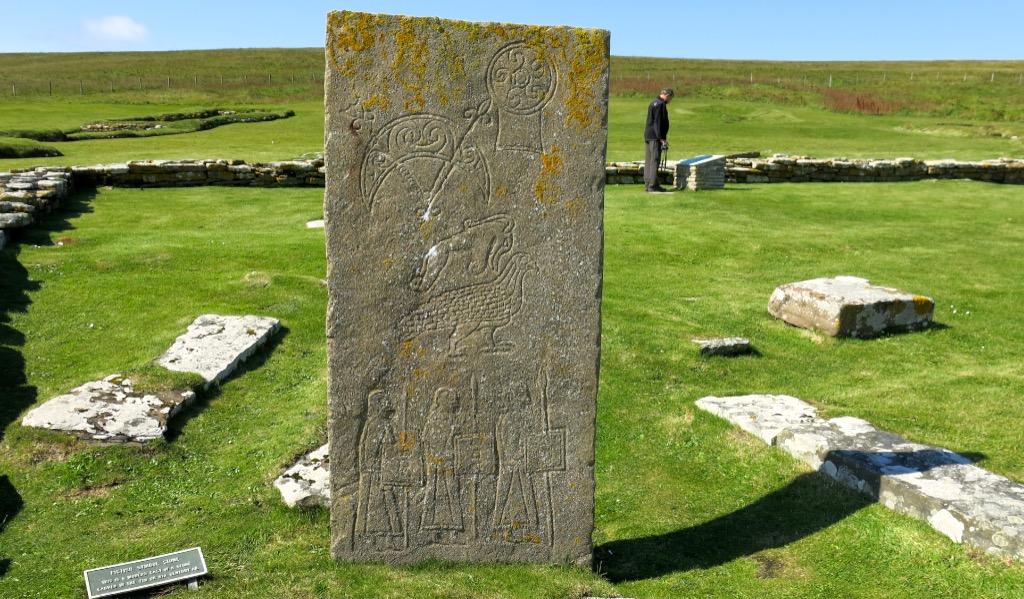
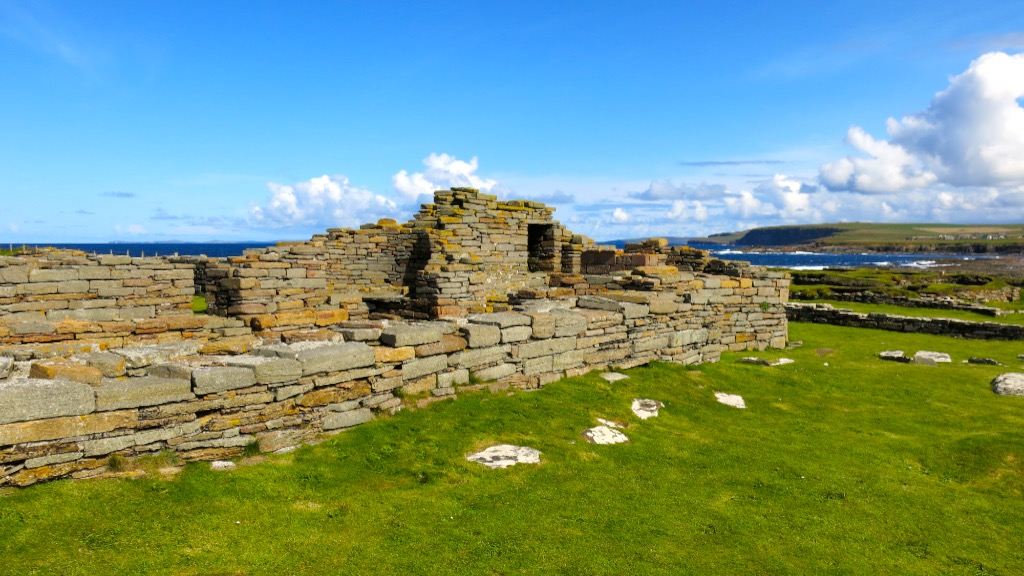
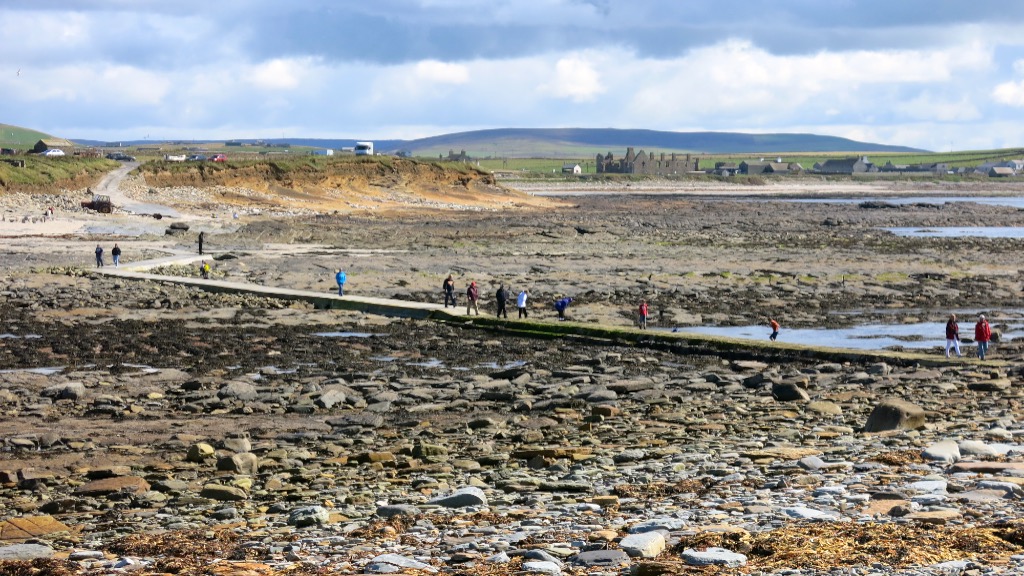
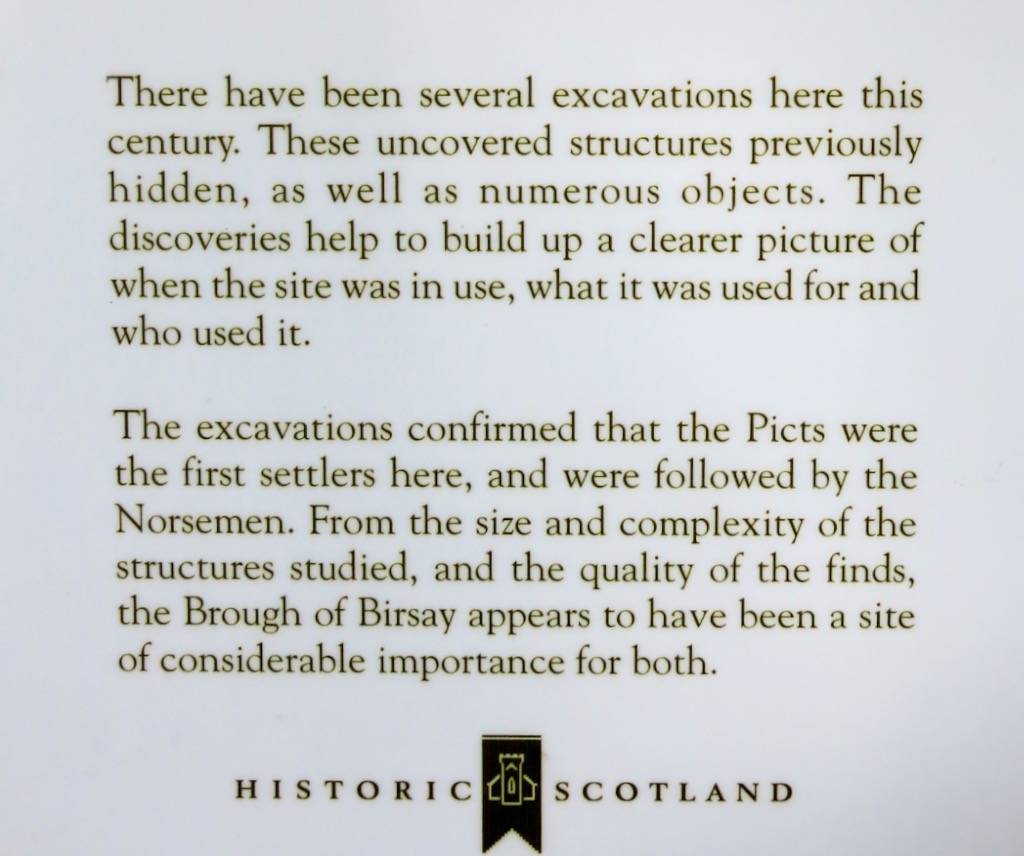




2 - 36
<
>








